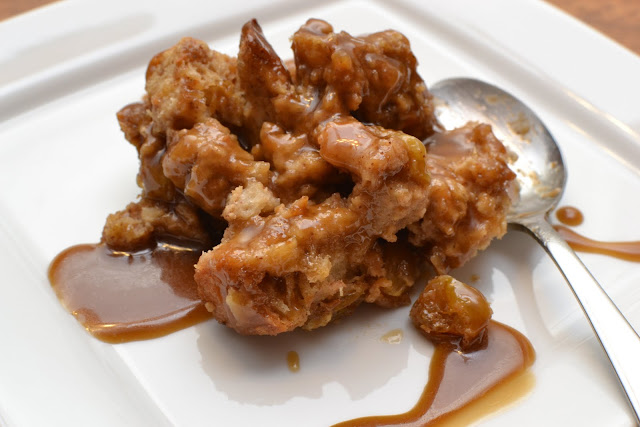Sense of Home Kitchen
With this year's chickens in the freezer it is time to take out of the freezer any chickens left over from last fall. Which makes this the time of year I pressure can chicken stock, or is that chicken broth? Although they seem like the same thing, there is a difference between chicken stock and chicken broth. Chicken stock has a richer flavor and when used to deglaze a pan it will bind the pan drippings, making it a good substitute for butter in sauces. The reason for this is gelatin is released when bones are simmered for a long time.
Chicken stock is made by simmering chicken bones for several hours, approximately six to eight, to release the gelatin. The back and neck are good parts for this, as are the breast bones with little meat left on them.
Chicken broth on the other hand is made from the meat, as well as other parts. For broth the bird is only simmered for approximately 3 hours.
So why do I call what I made chicken stock even though I used the whole bird? Quite simply because of the length of time I simmered the bird. Look at the gelatin in that cooled stock in the above photo. When stock is refrigerated it will turn to a gel consistency, scrape the hardened fat off the top and you are left with a very flavorful and nutritious gelee that turns liquid when heated. I like to use the whole chicken as well as celery tops, onion ends, mushroom stems, garlic, herbs, and even a few carrot ends. For several months before making stock I save these ends while cooking and place them in a freezer bag in the deep freeze. Then on the day I make stock I take the bag out of the freezer and place the vegetable pieces straight into the pot.


Making and pressure canning stock is really best done over the course of two days. The first day the chicken or bones are covered with water, vegetable pieces are placed in the pot and slowly simmered for approximately six to eight hours. Any chicken meat on the bones will be falling off and the carcass will easily fall apart. I do this both in my crock pot and on my stove top since I always make several batches at the same time. Once the stock is done and cooled enough to handle, strain it through a fine sieve, discard the vegetables and bones and save the pieces of meat. I then place the meat in 2 cup measures, in freezer containers, this provides for a quick meal, such as soups, casseroles, or sandwiches later. Then the stock is placed in the refrigerator overnight, uncovered. The following day scrape the solid fat off the top of the stock, reheat the stock, prepare your jars and pressure can according to the directions that came with your canner. Mine says to can at 11 pounds of pressure for 25 minutes for quart jars, however, yours may be different and if you are at a higher altitude you will need to adjust for that.
Sense of Home Kitchen / Homemade Living / Kitchen and Pantry













